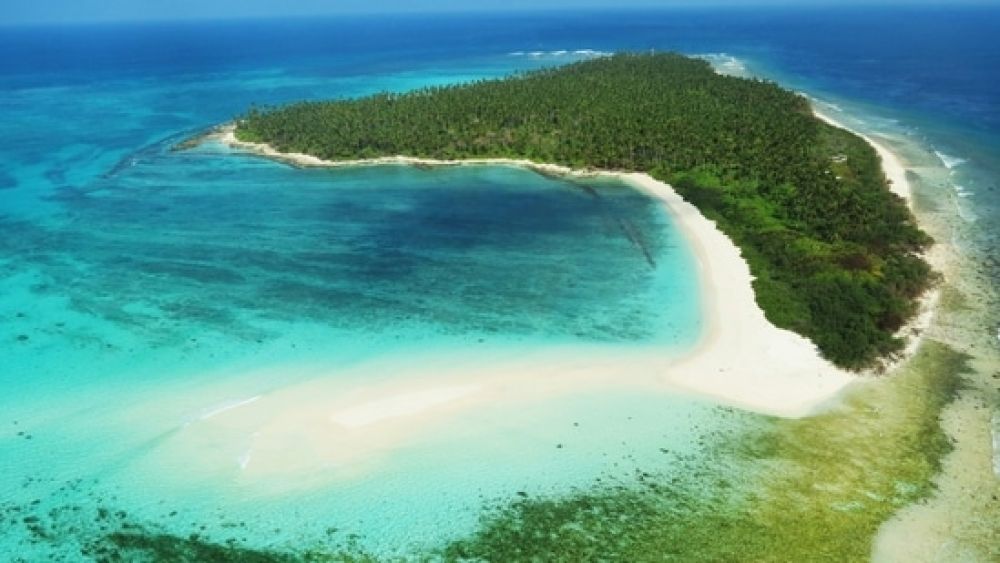

Lakshadweep, a group of stunning coral atolls located off the southwestern coast of India, has become a slice of paradise for tourists seeking tranquility away from the hustle and bustle of the mainland. The history of tourism in Lakshadweep is relatively young, and it reflects the islands' transition from obscurity to becoming a coveted destination for travelers worldwide.
For centuries, the islands of Lakshadweep were known primarily for their strategic importance on ancient maritime trade routes, rather than as a tourist destination. The local population, engaged in fishing and coconut cultivation, lived in relative isolation. It wasn't until the late 20th century that the tourism potential of Lakshadweep's pristine beaches, clear waters, and diverse marine life began to be recognized.
The development of tourism in Lakshadweep has been a conscious effort by the Indian government, with a focus on preserving the fragile ecosystem and local culture. In 1974, the administration initiated the process of slowly opening up the islands to tourism under strict regulation. The goal was to promote eco-friendly tourism that would benefit both visitors and locals without compromising the natural charm of the islands.
By the late 1980s and early 1990s, Lakshadweep began to gain popularity as an eco-tourist destination. Several resorts and water sports facilities sprang up, catering to tourists looking for an immersive experience in nature. The administration implemented regulations such as restricting the number of tourists and banning the use of non-biodegradable materials to ensure that tourism growth did not lead to environmental degradation.
Improved access and connectivity through regular flights and passenger ships further boosted tourism in Lakshadweep. The introduction of direct flights from Kochi (Cochin) to Agatti Island and the availability of ship cruises from the mainland opened up new avenues for visitors. Moreover, the development of basic infrastructure like helipads on some islands increased inter-island connectivity, making it more convenient for tourists to explore multiple islands during their visit.
In recent years, the trend in Lakshadweep tourism has been leaning towards sustainable and experiential travel. Visitors are not only seeking the sun, sand, and sea but are also interested in the culture, customs, and way of life of the islanders. Activities like scuba diving, snorkeling, and marine life exploration are immensely popular, offering tourists a chance to witness the rich biodiversity that the islands have to offer.
The implementation of initiatives like 'Coral Reef Farming' and 'Tuna Fishing' by local communities offers tourists an opportunity to participate in conservation efforts and gain insights into sustainable practices. Nowadays, Lakshadweep sees a blend of tourists, from adventure seekers to those looking for a serene retreat, with a collective goal to enjoy the natural beauty while ensuring it remains unspoiled for future generations.
The future of tourism in Lakshadweep looks promising, with responsible tourism at its core. The ongoing challenge is to maintain a balance between development and conservation, ensuring that the allure of Lakshadweep's islands remains intact. As more and more travelers become conscious of their environmental footprint, Lakshadweep stands as a model for sustainable tourism practices in a delicate and unique ecosystem.
As Lakshadweep continues to adapt to the changing desires of travelers while safeguarding its precious environment, it remains one of the most enchanting and responsibly maintained tourist destinations in India.